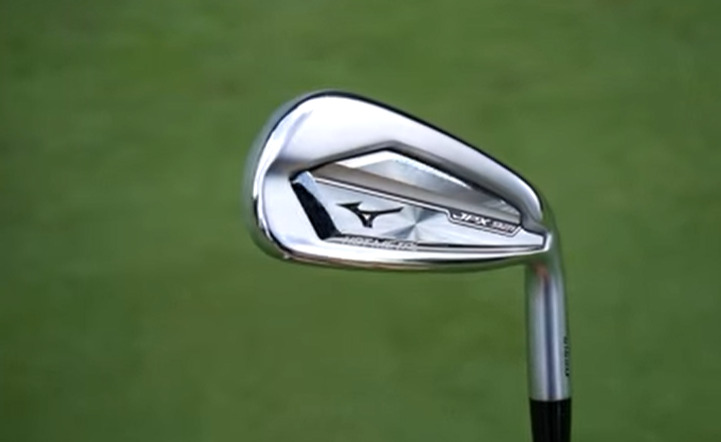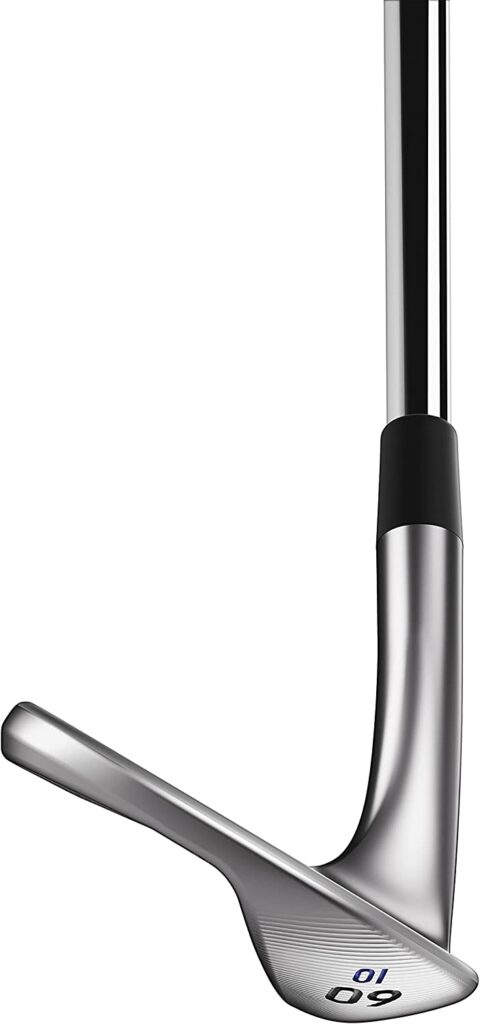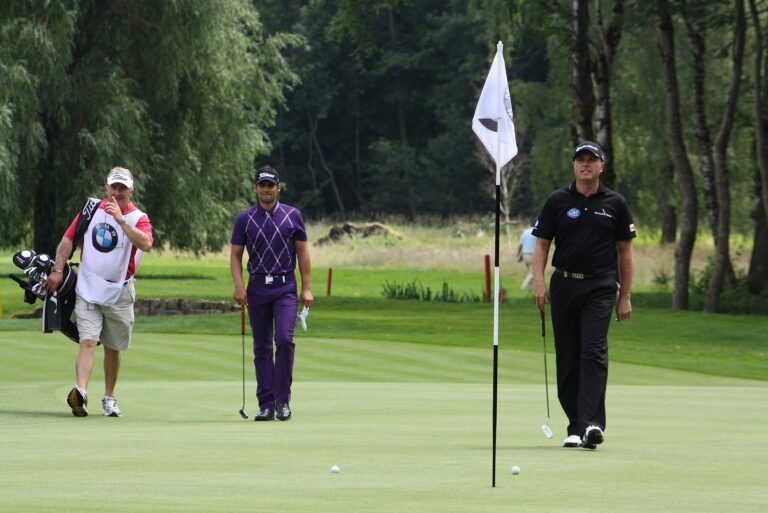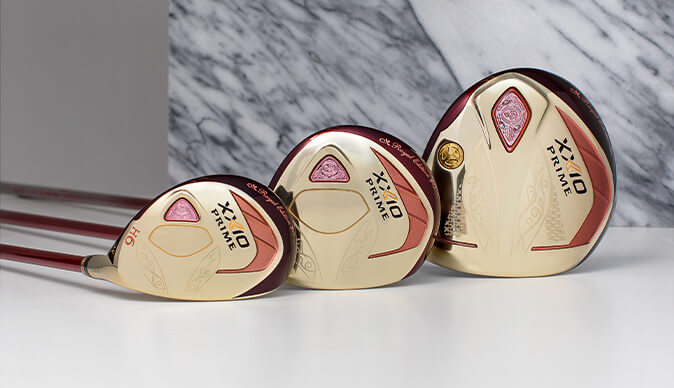what does loft mean in golf?
Golf, a fascinating game with deep roots in history, is more than just hitting a ball with a club. It’s a nuanced sport, with its intricate rules and specifications, one of which is the concept of ‘loft’.
This can get quite confusing to newbies. I was once a newbie and was very frustrated with some of the terminologies and I am sure you are too.
Importance of Loft in Golf
So, what does loft mean in golf? Simply put, loft refers to the angle of the clubface that controls trajectory and affects distance. But there’s a lot more to it. Let’s dive deeper into the world of golf lofts.
Understanding Loft in Golf Clubs


Loft in golf clubs is the angle between the clubface and a vertical line. It’s measured in degrees, and each club in a golfer’s bag has a different loft.
To fully comprehend the significance of loft in golf, we must delve into its application in different golf clubs. Each club in a golfer’s bag has a distinct loft designed for specific situations on the course.
Loft Differences Among Golf Clubs:
Loft in Drivers.
Drivers are the powerhouses of a golf bag, designed to hit the ball the furthest. These clubs typically have the lowest loft, usually between 7 to 12 degrees. A driver with lower loft provides maximum distance but requires precise control to manage the ball’s trajectory and direction.
Conversely, a higher loft driver, while offering slightly less distance, can be more forgiving and easier to control, particularly for beginners or players with slower swing speeds.
Loft in Irons.
Irons come in a range of lofts to serve various purposes on the course. The loft in irons can vary significantly, usually between 15 to 50 degrees.
Lower-lofted irons, like a 3-iron, are designed for longer shots, while higher-lofted irons, like a 9-iron or pitching wedge, are used for shorter, more precise shots where control is essential.
Loft in Wedges.

Wedges are the highest lofted clubs in a golfer’s bag. The loft can vary from around 45 to 60 degrees (and sometimes even more) depending on the type of wedge. These clubs are specifically designed for short approach shots, getting the ball out of hazards, and chipping around the green.
Loft in Putters.
Putters have a subtle loft, generally around 3 to 5 degrees. While it might seem that putters are flat and devoid of any loft, a slight angle is necessary to lift the ball, even minimally, out of any indentation it has made on the green, ensuring a smooth roll toward the hole.
How Does Loft Affect Your Golf Game?
Understanding loft is not just about comprehending the angle of your golf club. It’s about understanding how that angle influences the distance, trajectory, and spin of your shots – all crucial elements that can make or break your game on the course.
Loft and Distance.
Loft plays a significant role in determining the potential distance of your shots. Lower lofts, as seen in drivers and long irons, are designed for distance. They send the ball on a lower trajectory, allowing it to travel further.
Conversely, higher lofts, typical in short irons and wedges, send the ball on a higher trajectory, reducing the distance but increasing control and precision.
Loft and Trajectory
The loft of a golf club directly affects the trajectory or the path of the ball in flight. Clubs with a lower loft will send the ball on a lower, more direct path. In contrast, clubs with a higher loft will launch the ball higher into the air, resulting in a steeper ascent and descent.
Loft and Spin
Loft also influences the amount of spin on the golf ball. Higher lofted clubs, like wedges, generate more backspin, which can help the ball stop quickly on the green. Lower lofted clubs, like drivers, produce less spin, allowing for longer roll-outs, and contributing to the total distance.
Choosing the Right Loft for Your Golf Clubs
Consider Your Skill Level.
Beginners and high-handicappers generally benefit from clubs with higher lofts as they’re easier to hit and provide better control. Experienced golfers, on the other hand, often prefer lower lofts for distance and challenge.
Consider the Course Conditions
The weather and course conditions also play a role in choosing the right loft. Wet or long grass can require higher lofted clubs for better lift, while dry and short grass conditions might favor lower lofted clubs for distance.
How to measure loft on golf club.
Understanding How to Measure Loft on a Golf Club.
The loft of a golf club isn’t usually something a golfer can modify (unless using adjustable clubs), but it is something that can be measured.
Knowledge of your club’s loft can be useful, especially when considering a new purchase or understanding the mechanics of your current set. Here’s how to measure it:
Tools You’ll Need.
To measure the loft of a golf club, you’ll need a protractor or a specialized golf club loft gauge. A marker and a straight edge or ruler can also be useful.
Step-By-Step Guide to Measuring Loft.
Align the Clubface: Set the golf club on a flat surface in a way that the leading edge sits flush to the surface. The shaft should be perpendicular to the ground.
Mark the Clubface: Use a marker to draw a straight line from the base to the top of the clubface, perpendicular to the leading edge.
Position the Protractor: Place the base of the protractor on the line you’ve drawn. Ensure the protractor is flush with the clubface.
Read the Measurement: The angle between the straight line (0 degrees) and the line of the clubface is the loft of the golf club.
Remember, the specific method may vary depending on the type of protractor or gauge you’re using. Therefore, always follow the instructions provided with your specific measuring tool.
FAQs
Is a higher loft better in golf?
It depends on your skill level and the situation. Higher lofts offer more control and are generally easier to hit, making them suitable for beginners and high-handicappers. However, they don’t provide as much distance as lower-lofted clubs.
How does loft affect the distance?
Lower lofts result in longer distances as the ball is hit in a lower trajectory. In contrast, higher lofts lead to shorter distances as the ball is hit higher and falls faster.
Can I adjust the loft on my golf clubs?
Yes, many modern drivers and some other clubs come with adjustable loft technology. You can adjust the loft to suit your style, conditions, and level of play.
What loft should my driver be in?
If you’re a beginner or have a slower swing speed, a driver with a higher loft (12-14 degrees) could be beneficial. However, if you’re an experienced golfer with a faster swing speed, a driver with a lower loft (8-10 degrees) might be more suitable.
Does the loft affect the spin of the ball?
Yes, the loft greatly influences the spin. Higher-lofted clubs tend to generate more backspin than lower-lofted ones.
Conclusion
Understanding the loft in golf can significantly improve your game. It’s not just about the angle of the clubface; it’s about how that angle influences the distance, trajectory, and spin of your shots.
By choosing the right loft for your skill level and the course conditions, you can enhance your performance on the golf course. Golf is a game of precision and strategy, and knowledge of things like loft can give you a competitive edge.
So, the next time you’re on the course, remember the role of loft in your game!






